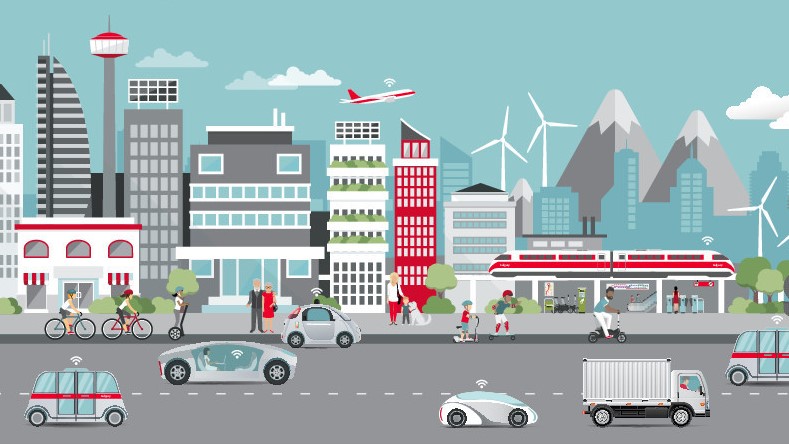Electric Shuttle Bus Pilot Project

Updated November 2024
After a competitive procurement process, we contracted Vicinity Motor Corporation in June 2021 to supply shuttles for the pilot. However, we ended the contract earlier this year as they were not able to meeting their contractual commitments. In turn, Emissions Reduction Alberta (ERA) ended our funding agreement due to the extended timelines required for procurement and delivery of the pilot project.
Our next steps with ERA are to review and submit the claims for the eligible costs for work completed such as the charging infrastructure completed last year.
FAQs
How much has been spent to-date?
We have spent $5 million in total project costs to-date. The majority of these costs were used for the installation of Ebus charging equipment. This equipment is multifunctional and will be used for 40 Foot Ebuses as part of our fleet diversification strategy.
Is the Eshuttle pilot project cancelled?
At this time, we are reviewing next steps as we close out the current form of the project with Emissions Reduction Alberta.
Does this mean we are cancelling the procurement of 40 foot Ebuses?
No. The funding and procurement of up to 180 40 foot buses is not impacted by the Government of Alberta’s decision to cancel funding for the Eshuttle pilot project. The procurement of 40 foot Ebuses is funded by Infrastructure Canada’s Zero Emission Transit Fund, Canada Infrastructure Bank financing and City of Calgary funding as part of the 2023-2026 Service Plans and Budgets. Learn more.
Battery electric bus benefits
By replacing end-of-life diesel buses with battery electric buses (BEBs), we aim to provide Calgarians with clean, quiet, and comfortable rides while reducing pollution, noise and exhaust. We expect BEBs to offer the following benefits:
Reduced Emissions: BEBs are projected to reduce our total fleet greenhouse gas emissions by approximately 8,500 tonnes of CO2 annually at project completion.
Lower Operating Costs: BEBs are less costly to maintain and operate over their lifespan compared to conventional diesel buses, thanks to reduced fuel and maintenance costs.
Alignment with Environmental Goals: Transitioning to BEBs is a core part of our commitment to lowering fleet emissions and advancing Calgary Transit’s sustainability initiatives, supporting the city’s broader climate goals.
